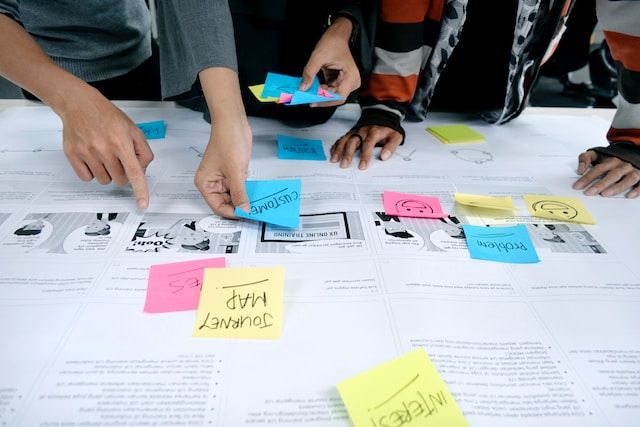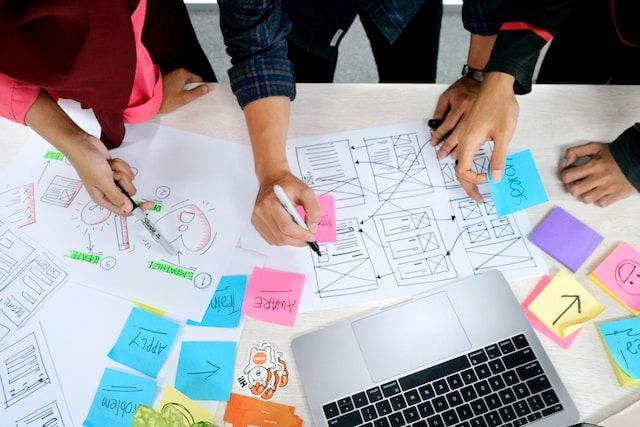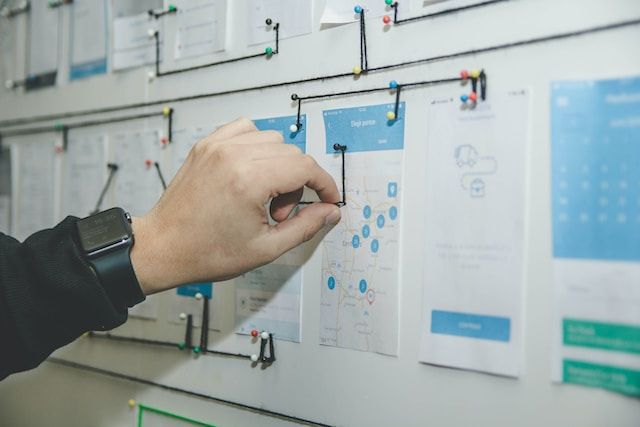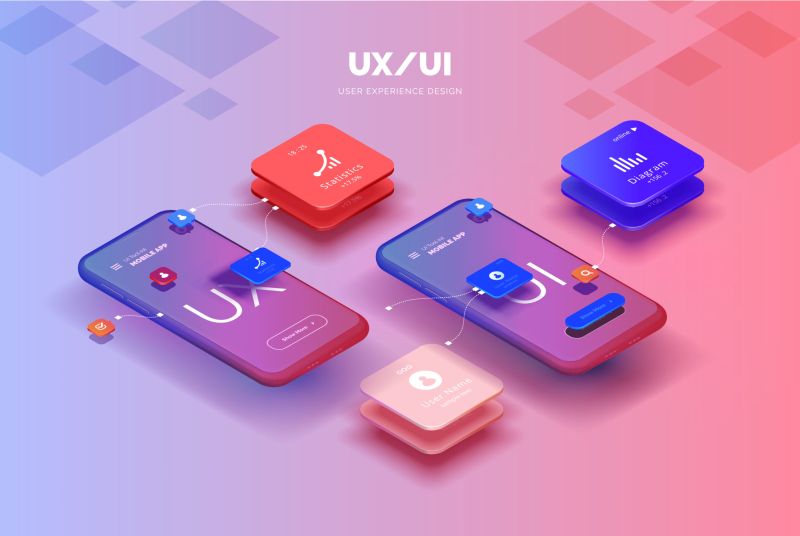Maximize your business value
with our customer experience design
Customer experience design is essential for businesses to help them create meaningful and memorable experiences for their customers. A well-designed customer experience provides unic value, increases customer loyalty, increases revenue and ultimately leads to business success.
-
Service Design
Business model
Let us help you create an exceptional CX project that exceeds your customers’ expectations and increases your ROI.
Design process
Our team of experts will guide you through every step of the process, from planning to implementation. We’ll work with you to create a bespoke plan that fits your unique business needs and ensure your MVP.
Support
Our support doesn’t stop there. We’re committed to staying with you for the long time, helping you maintain and optimise your CX project for maximum impact.
Service Design
Product Design

Research

User Experience
Design

User Interface
Design
Trusted By Clients
and Industry Experts Alike
-


High Performance and Availability Keycloak Upgrade @ Quarkus for Insurance and Banking Identiy Management
How we work?
Overall, the design thinking methodology is valuable because it focuses on developing solutions that are truly user-centered and impactful. By putting empathy, creativity and testing at the forefront, designers can develop solutions that truly meet user needs and create real value in the world.
Empathy
Defining
Ideation
Prototyping
Test
Implementation
Would you like to change your Customer Experience?

Michał Kwasieborski
+48 691 406 846


























